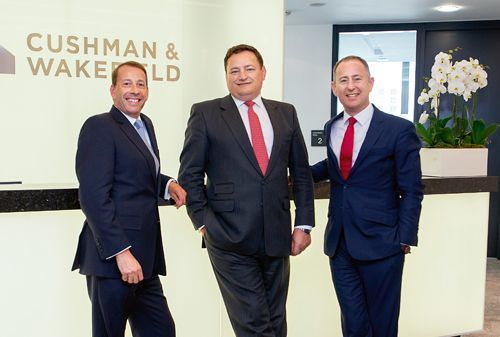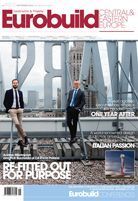Nathan North, Eurobuild CEE: Is the merger process now complete – or is there more work to be done in certain areas?
John Forrester, EMEA chief executive, C&W: We are a client-reflective company. Clients are growing: there are now many more clients in more geographies and sectors bundling together their needs. They want to simplify their purchasing models and we would like to be their partner in all the appropriate skills and sectors that we can, as this is driving the consolidation in our industry. There are generally two sorts of clients: global corporate clients who may need two companies to work with; and then there are the investors who insist on having the best person.
Jonathan Hallett, head of CEE region, C&W: There has also been a continued but significant shift in capital across the EMEA from locally-based investors to foreign capital entering new markets.
Charles Taylor, head of Poland, C&W: So we have to ensure that our global reach is absolutely huge, e































































